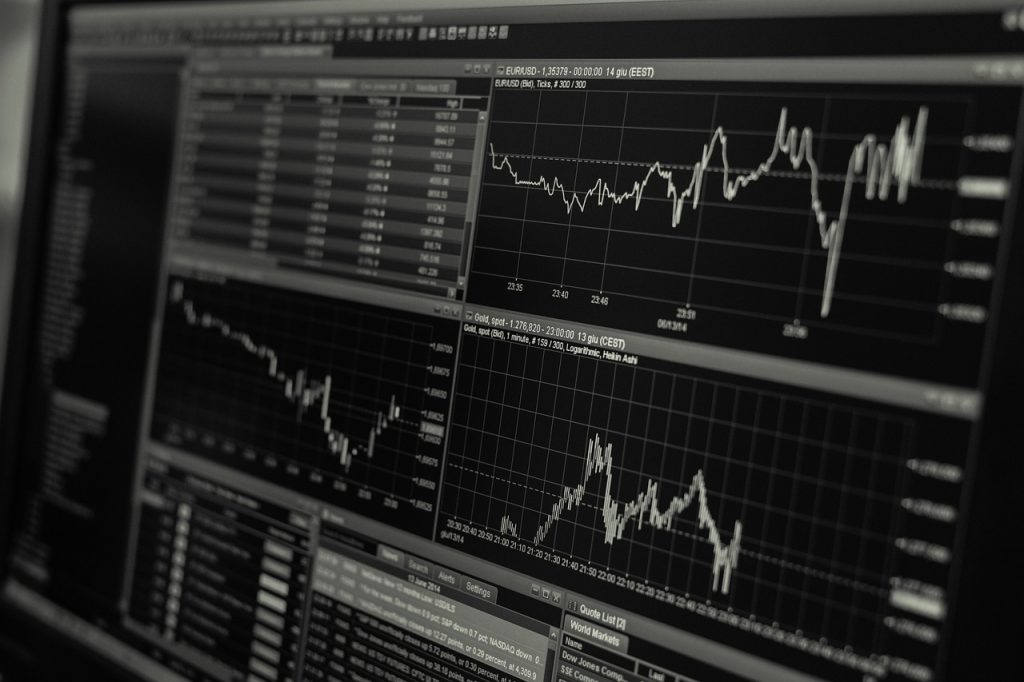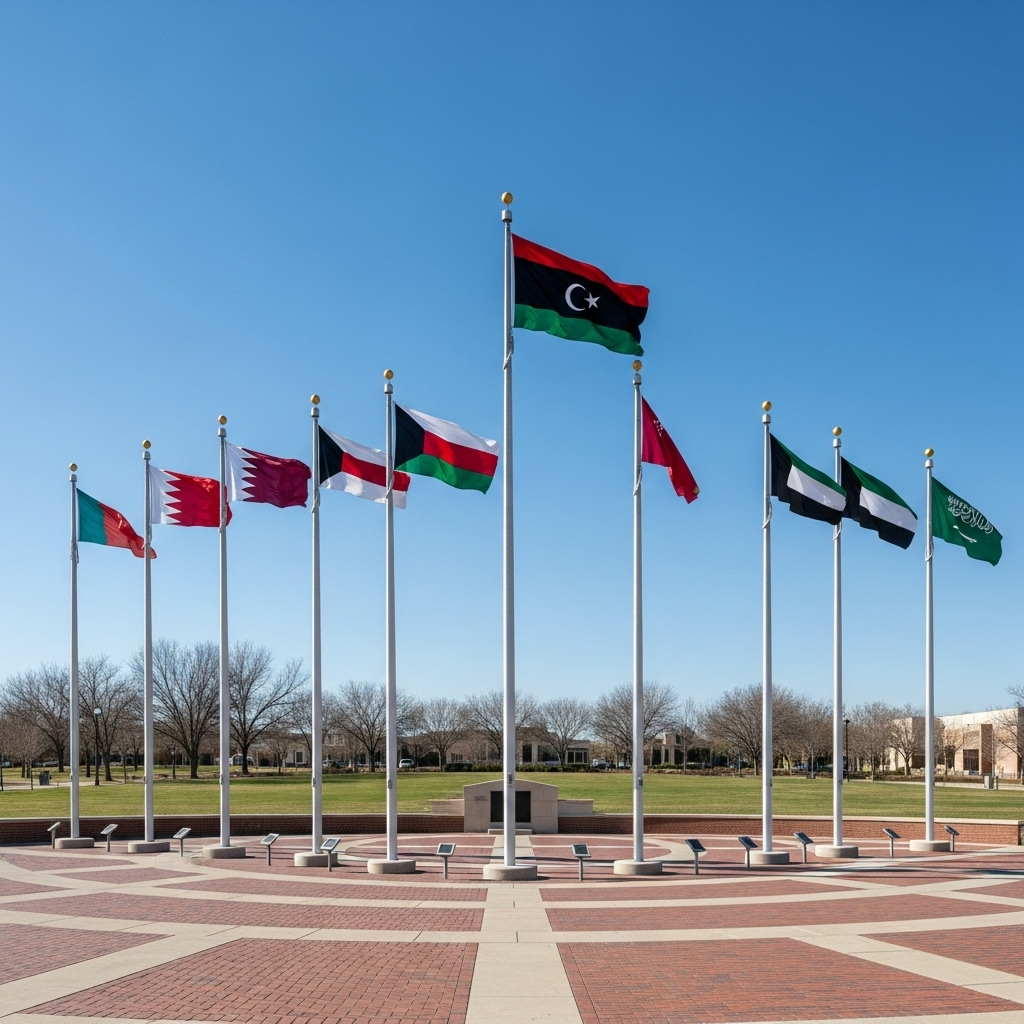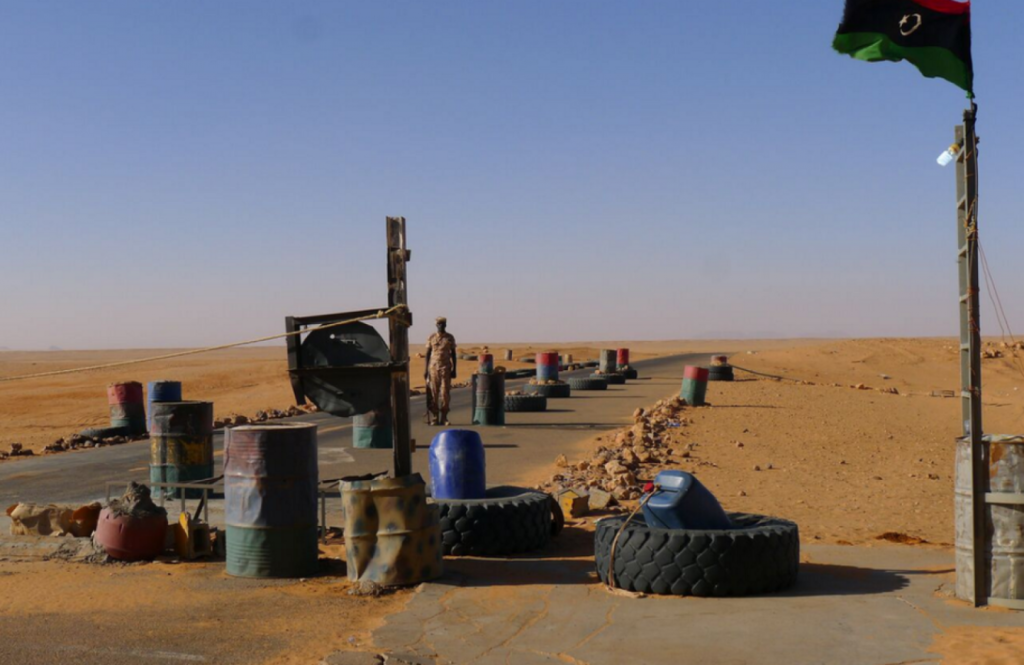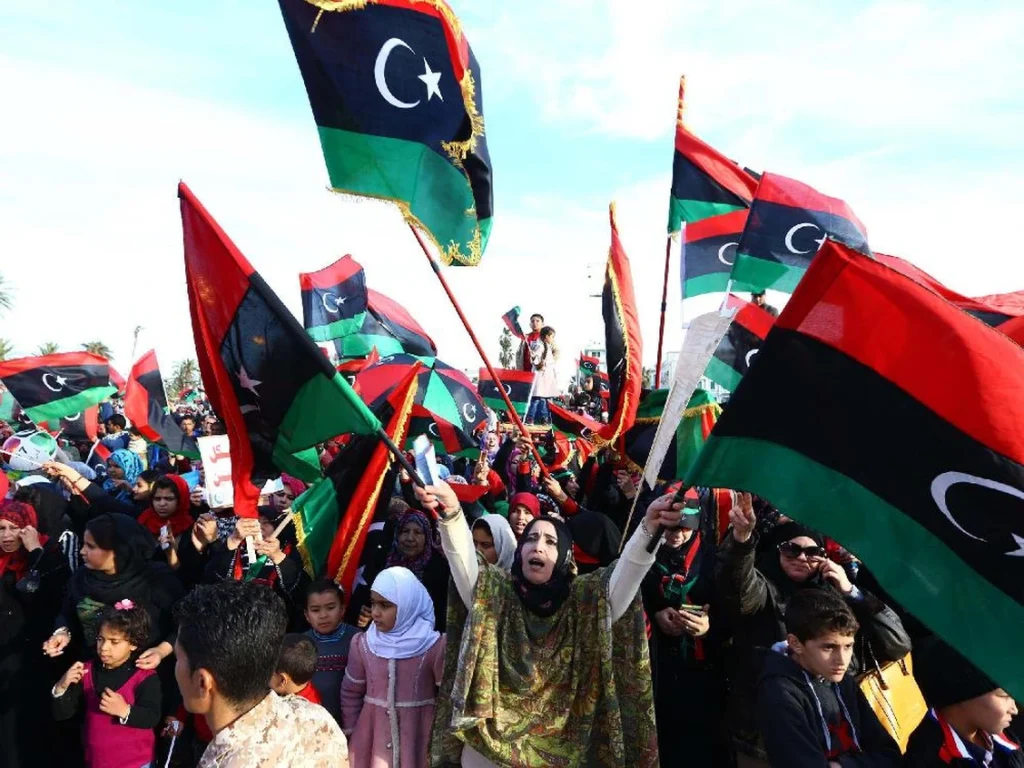Libya Foreign Investment: Confidence Through Coordination
After more than a decade of political uncertainty, Libya foreign investment is slowly re-emerging as a driver of strategic growth. A combination of institutional steadiness, revived oil production, and gradual policy reform has convinced several international partners that Libya’s economic trajectory is turning a corner.
The return of foreign investors, however, is not simply the result of resource potential. It reflects growing confidence in the country’s ability to maintain stability, coordinate between its main institutions, and honor commitments across political divides. Libya foreign investment is being driven not by politics but by predictability.
Policy Credibility Drives Libya Foreign Investment
Libya’s institutions are learning that credibility is as valuable as crude oil. The National Oil Corporation (NOC) and the Central Bank of Libya (CBL) have maintained a surprising degree of coordination, ensuring that revenues are collected, budgets are met, and contracts honored.
“Our policy is continuity and transparency with all partners,” NOC chairman Farhat Bengdara told Reuters on September 4, 2025. That message, repeated across investor meetings in Rome and Paris, signals a shift toward institutional reliability.
Foreign companies have taken note. TotalEnergies recently confirmed its $2 billion investment in the Waha and Mabruk fields, while Eni has committed to expanding the Mellitah gas complex. Both firms have stressed that clear communication between the NOC and the CBL is what makes new projects viable.
For energy investors, confidence now depends less on who governs Tripoli or Benghazi and more on whether fiscal systems and contracts remain predictable.
This credibility extends beyond hydrocarbons. The World Bank’s Libya Economic Monitor (September 2025) noted that “the stabilization of financial institutions and adherence to a unified exchange rate have improved the investment environment despite political fragmentation.” Economic governance has become Libya’s strongest currency.
Coordination Sustains Libya Foreign Investment Stability
Libya’s east–west division still shapes its politics, but quiet cooperation between rival administrations on technical and economic matters has reduced uncertainty. Ministries in Tripoli and Benghazi continue to communicate through professional networks within the CBL and NOC, maintaining operational coherence even when political statements diverge.
This coordination matters more to investors than formal reunification. As one European diplomat told Politico Europe in August 2025, “The perception that Libya can manage its economy despite division has lowered the risk premium.”
Investors are responding. Construction firms from Turkey and Egypt have resumed port and housing projects in Misrata and Tobruk, while logistics companies from Malta are reopening shipping routes. The pragmatic stability built on institutional cooperation has become Libya’s strongest selling point.
Maintaining this arrangement, functional governance despite political rivalry will be key to sustaining libya foreign investment through 2026.
Regulatory Reform and Transparency Are the Next Test
While coordination has stabilized the present, reform will determine the future. Libya still lacks a comprehensive investment law that provides uniform guarantees for foreign and domestic firms. The Ministry of Economy has circulated a draft Investment and Partnership Act that would unify licensing procedures, strengthen arbitration, and create a single-window approval system.
Transparency remains another challenge. The CBL has begun publishing quarterly fiscal data and fuel-subsidy accounts online, a move welcomed by international observers. “Regular disclosure builds trust with the public and with foreign partners,” said IMF representative Amina El-Moghrabi at a policy forum in Tunis (September 2025).
If adopted consistently, these measures would align Libya with global standards and reduce perceived risk. The EU’s Economic Diplomacy Initiative is preparing technical assistance for the Ministry of Planning to improve procurement transparency and audit capacity, while the African Development Bank has identified Libya’s public-finance reforms as “a prerequisite for unlocking concessional lending” (ADB report, July 2025).
Infrastructure and Diversification Expand Libya Foreign Investment
Libya’s infrastructure development plans are widening the scope for investment beyond energy. Port modernization in Benghazi and Misrata, highway rehabilitation across the Gulf of Sirte, and plans for a new power interconnection with Italy’s Terna Group demonstrate how institutional continuity underpins growth.
The NOC’s Vision 2030 includes joint ventures in petrochemicals, logistics, and renewables — projects that require both capital and skilled labor. The connection between libya infrastructure development and long-term economic recovery is increasingly evident.
As Libya expands energy exports to Europe, new ancillary industries such as maintenance, construction, and services are expected to flourish.
Regional cooperation is also strengthening Libya’s investment narrative. In July 2025, the Arab Fund for Economic and Social Development signed a memorandum to finance industrial-zone upgrades in Ajdabiya and Sebha. The deal was contingent on unified oversight by both administrations, showing how even partial coordination can attract multilateral funding.
From Stability to Strategy
Libya’s emerging investment story is not just about returning capital but about building credibility. Sustained investor confidence will depend on three factors: continuity within financial institutions, transparent regulation, and steady technical cooperation across political lines.
If these hold, libya foreign investment can shift from reactive to strategic. The government’s challenge is to move beyond crisis management and adopt an industrial policy that aligns oil revenue with national development goals.
A joint investment authority representing both regions could standardize contract oversight and ensure balanced regional development. Such institutional innovation would demonstrate that Libya’s stability is more than a pause in uncertainty, it is a foundation for sustained growth.
Foreign investors are pragmatic: they seek rules, not rhetoric. By focusing on policy coordination and institutional integrity, Libya can convert renewed interest into durable engagement. The country’s future will depend less on global oil prices and more on its ability to guarantee one thing investors value most — predictability.



